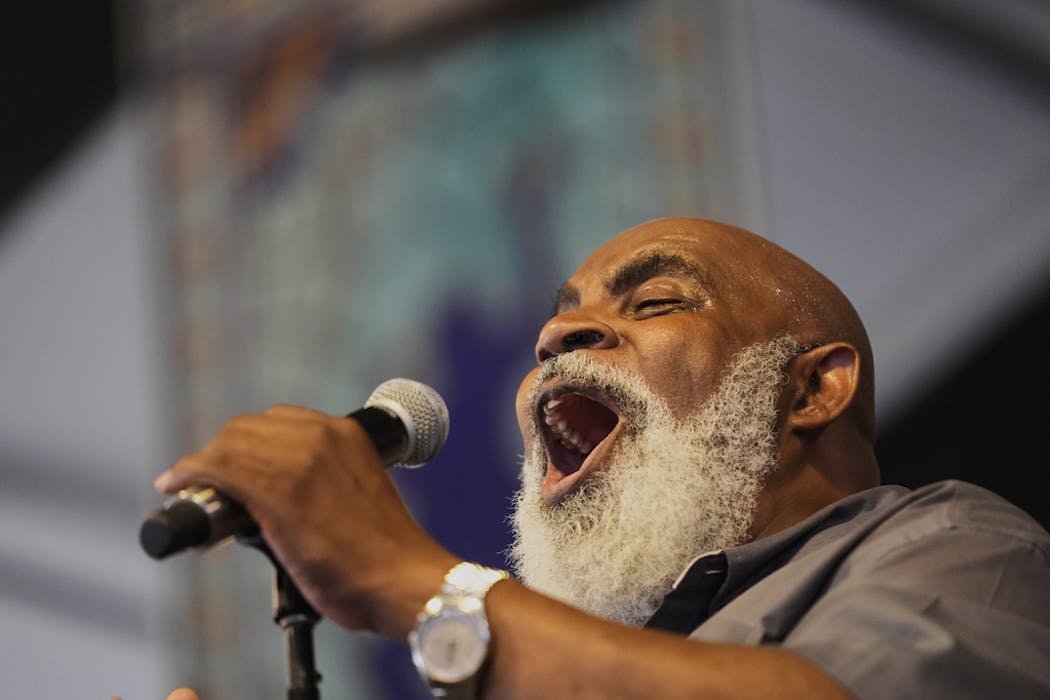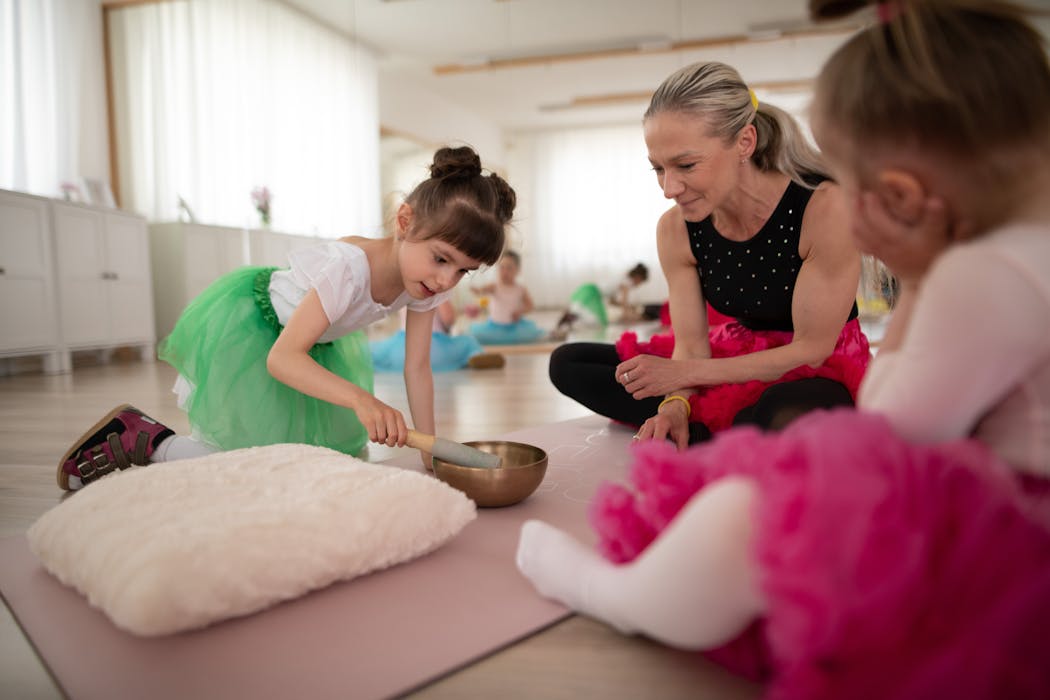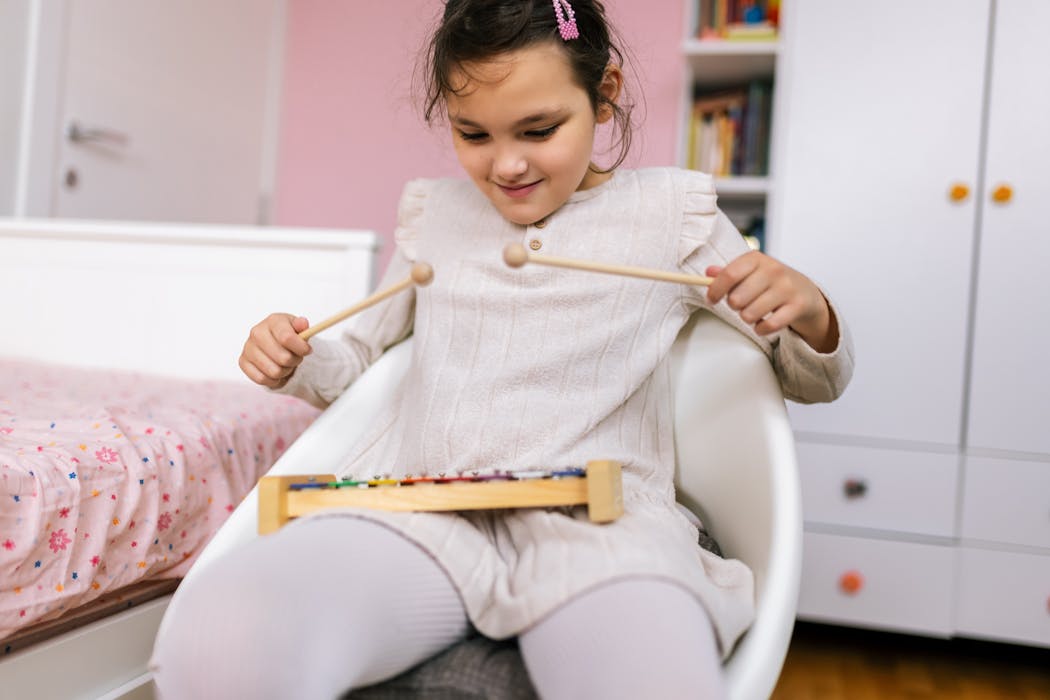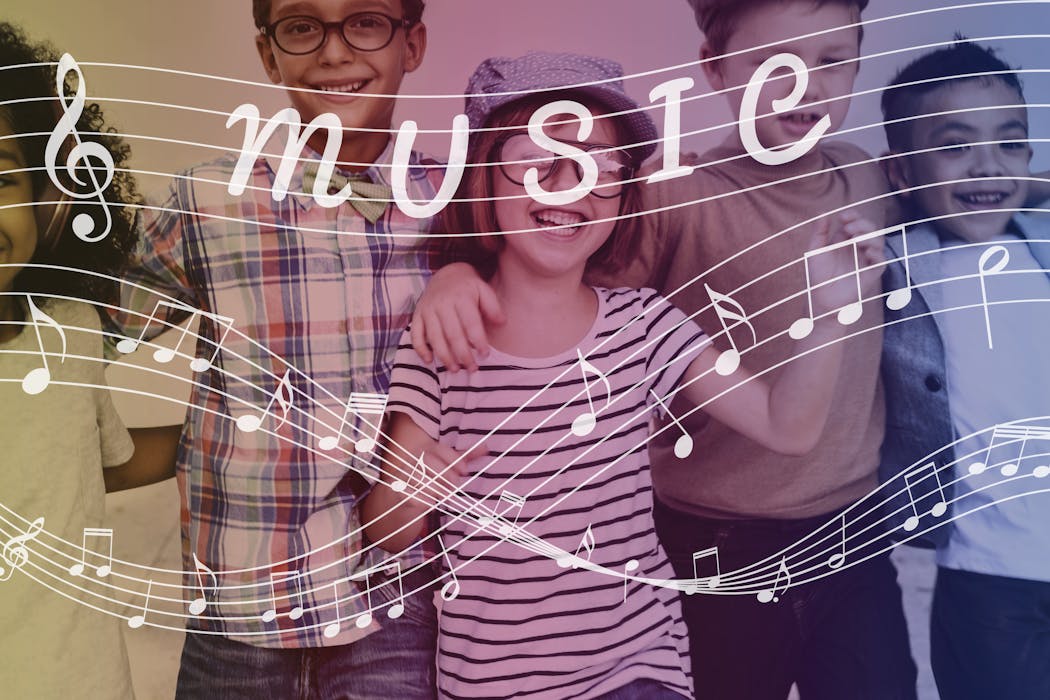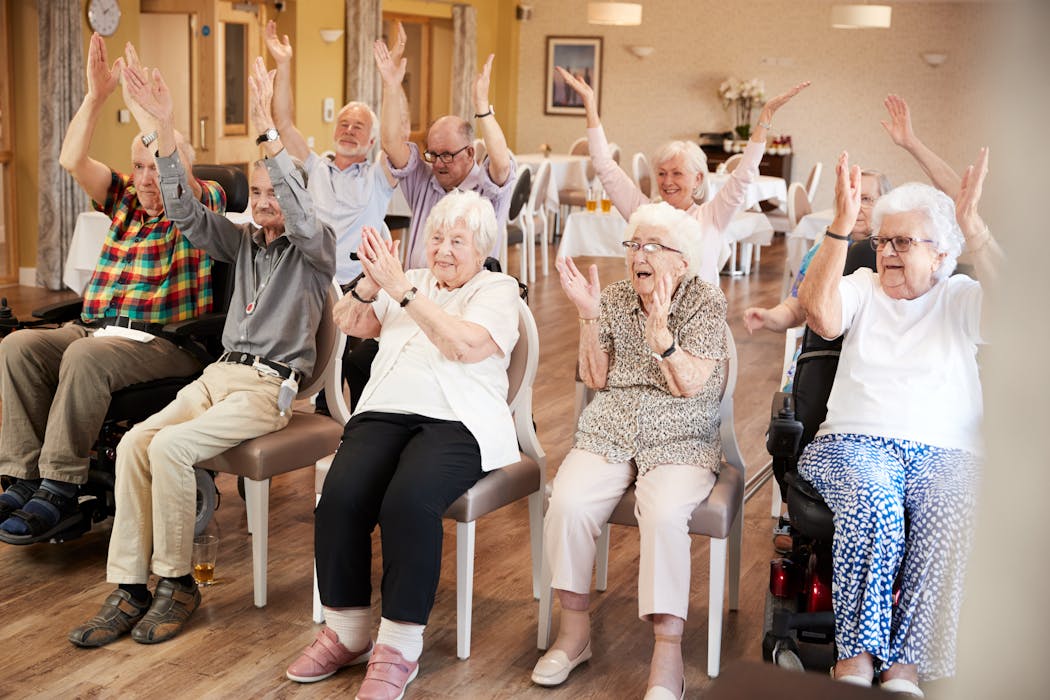Dance therapy, also known as dance/movement therapy, is a form of therapy that uses movement and dance to promote emotional, cognitive, physical, and social integration of individuals. It is a holistic approach that recognizes the mind-body connection and the power of movement to facilitate healing and self-expression. Dance therapy can be used with individuals of all ages and abilities, and it has been shown to be particularly effective in addressing stress and its impact on mental health.
The history of dance therapy can be traced back to the early 20th century when pioneers such as Marian Chace and Rudolf Laban began exploring the therapeutic potential of movement and dance. However, it wasn’t until the 1940s and 1950s that dance therapy started to gain recognition as a legitimate form of therapy. Today, dance therapy is recognized as a distinct profession with its own set of theories, techniques, and ethical guidelines.
The importance of dance therapy in mental health cannot be overstated. Dance therapy provides individuals with a safe and non-verbal outlet for expressing their emotions, reducing stress, and improving overall well-being. It allows individuals to connect with their bodies, release tension, and tap into their creativity. Dance therapy also promotes self-awareness, self-esteem, and self-acceptance, which are essential for maintaining good mental health.
Understanding Stress and its Impact on Mental Health
Stress is a natural response to challenging or threatening situations. It is the body’s way of preparing for a fight-or-flight response. While stress can be beneficial in certain situations, chronic or excessive stress can have a detrimental effect on mental health.
When we experience stress, our bodies release stress hormones such as cortisol and adrenaline. These hormones increase heart rate, blood pressure, and respiration rate, preparing us to respond to the perceived threat. However, when stress becomes chronic or overwhelming, it can lead to a range of mental health issues such as anxiety, depression, and burnout.
Common stressors in daily life include work-related pressures, financial difficulties, relationship problems, and major life changes. In today’s fast-paced and demanding world, many individuals are constantly exposed to high levels of stress, which can take a toll on their mental health.
The Science behind Movement as a Healing Tool
Movement has a profound impact on the brain and body. When we engage in physical activity, our brains release endorphins, which are natural mood boosters. Movement also increases blood flow to the brain, delivering oxygen and nutrients that are essential for optimal brain function.
The nervous system plays a crucial role in movement. The brain sends signals to the muscles through the nervous system, allowing us to move and coordinate our actions. Movement also activates the parasympathetic nervous system, which is responsible for promoting relaxation and reducing stress.
Furthermore, movement has a direct impact on our emotions. Research has shown that certain movements can elicit specific emotional responses. For example, dancing with big, expansive movements can evoke feelings of joy and freedom, while slow, gentle movements can promote relaxation and calmness.
Benefits of Dance Therapy for Stress Reduction
Dance therapy offers a wide range of benefits for stress reduction. On a physical level, dance therapy helps to release tension in the body and improve flexibility, strength, and coordination. It also promotes cardiovascular health and boosts the immune system.
Emotionally, dance therapy provides individuals with a safe space to express their feelings and release pent-up emotions. It allows individuals to connect with their bodies and tap into their creativity, which can be particularly helpful for those who struggle with verbal expression.
Socially, dance therapy promotes connection and community. It provides individuals with an opportunity to interact with others in a non-judgmental and supportive environment. Dance therapy can also help individuals develop social skills, improve communication, and build healthy relationships.
How Dance Therapy Works: Techniques and Approaches
There are various approaches to dance therapy, each with its own set of techniques and goals. Some of the most common approaches include the Laban/Bartenieff Movement System, Authentic Movement, and Dance/Movement Psychotherapy.
The Laban/Bartenieff Movement System focuses on the analysis and understanding of movement patterns and qualities. It aims to increase body awareness, improve movement efficiency, and promote self-expression.
Authentic Movement is a form of dance therapy that emphasizes the exploration of inner experiences through movement. It encourages individuals to listen to their bodies and move in a way that feels authentic and true to themselves.
Dance/Movement Psychotherapy combines elements of dance therapy and traditional talk therapy. It uses movement as a means of exploring and processing emotions, thoughts, and memories. Dance/Movement Psychotherapy can be particularly effective for individuals who struggle with verbal expression or have experienced trauma.
The role of the dance therapist in the therapeutic process is to create a safe and supportive environment for individuals to explore their emotions through movement. The dance therapist guides individuals through various exercises and techniques, providing feedback and support along the way.
The Role of Music in Dance Therapy
Music has a powerful effect on the brain and body. It has been shown to reduce stress, improve mood, and enhance cognitive function. In dance therapy, music is often used as a tool to enhance the therapeutic experience.
Music has the ability to evoke emotions and memories, making it an effective tool for self-expression and exploration. Different types of music can elicit different emotional responses, allowing individuals to tap into a wide range of feelings.
In dance therapy, music is often used to set the mood and create a safe and supportive environment. It can be used to guide movement, provide structure, or simply create a sense of rhythm and flow. The combination of movement and music can be particularly powerful in promoting relaxation, reducing stress, and enhancing overall well-being.
Dance Therapy for Different Age Groups and Populations
Dance therapy can be adapted to meet the needs of individuals of all ages and populations. It is particularly beneficial for children, as it allows them to express their emotions and develop body awareness in a fun and engaging way. Dance therapy can also be effective for adults, helping them to reduce stress, improve self-esteem, and enhance their overall well-being.
For seniors, dance therapy can help to improve balance, coordination, and flexibility. It can also provide a sense of community and connection, reducing feelings of isolation and loneliness. Dance therapy can be particularly beneficial for individuals with disabilities, as it allows them to engage in physical activity and express themselves in a non-verbal way.
Real-Life Success Stories of Dance Therapy for Stress Management
There are countless success stories of individuals who have benefited from dance therapy for stress management. One such story is that of Sarah, a young woman who was struggling with anxiety and depression. Through dance therapy, Sarah was able to release her pent-up emotions and develop healthy coping mechanisms. She found that dancing allowed her to connect with her body and express herself in a way that words couldn’t.
Another success story is that of John, a middle-aged man who was experiencing burnout at work. Through dance therapy, John was able to release tension in his body and reduce his stress levels. He found that dancing helped him to relax and let go of his worries, allowing him to return to work with renewed energy and focus.
Case studies have also shown the effectiveness of dance therapy for stress management. For example, a study conducted with college students found that those who participated in a dance therapy program experienced significant reductions in stress levels compared to those who did not participate.
Combining Dance Therapy with Other Forms of Therapy
Dance therapy can be used in conjunction with other forms of therapy to enhance the therapeutic process. For example, dance therapy can be combined with talk therapy to provide a more holistic approach to treatment. The combination of movement and verbal expression allows individuals to explore their emotions on multiple levels, leading to deeper insights and healing.
Dance therapy can also be combined with other forms of body-based therapies such as yoga or tai chi. These practices complement each other, as they all focus on the mind-body connection and the power of movement to promote healing and well-being.
Finding a Qualified Dance Therapist: What to Look For
When looking for a dance therapist, it is important to find someone who is qualified and experienced in the field. A qualified dance therapist should have a master’s degree in dance/movement therapy or a related field, as well as certification from a recognized professional organization such as the American Dance Therapy Association.
It is also important to ask questions when looking for a dance therapist. Some questions to consider include:
– What is your training and experience in dance therapy?
– What populations do you specialize in?
– What approaches and techniques do you use in your practice?
– How do you ensure the safety and well-being of your clients?
Resources for finding a qualified dance therapist include the American Dance Therapy Association website, which provides a directory of certified dance therapists, as well as local mental health organizations and professional associations.
Embracing Movement as a Path to Healing and Wellness
In conclusion, dance therapy is a powerful tool for stress reduction and overall mental health. It harnesses the power of movement and music to promote self-expression, release tension, and enhance well-being. Dance therapy can be used with individuals of all ages and populations, and it can be adapted to meet the unique needs of each individual.
By embracing movement as a path to healing and wellness, individuals can tap into their innate creativity, connect with their bodies, and find a sense of joy and freedom. Dance therapy offers a safe and supportive space for individuals to explore their emotions, reduce stress, and improve their overall mental health. So why not give it a try? Dance your way to better mental health and well-being.
Find out how Torongo Therapyplus can help you with your needs. Get in touch with us at smile@torongo.life, or call us on 02 8809 9965.
















